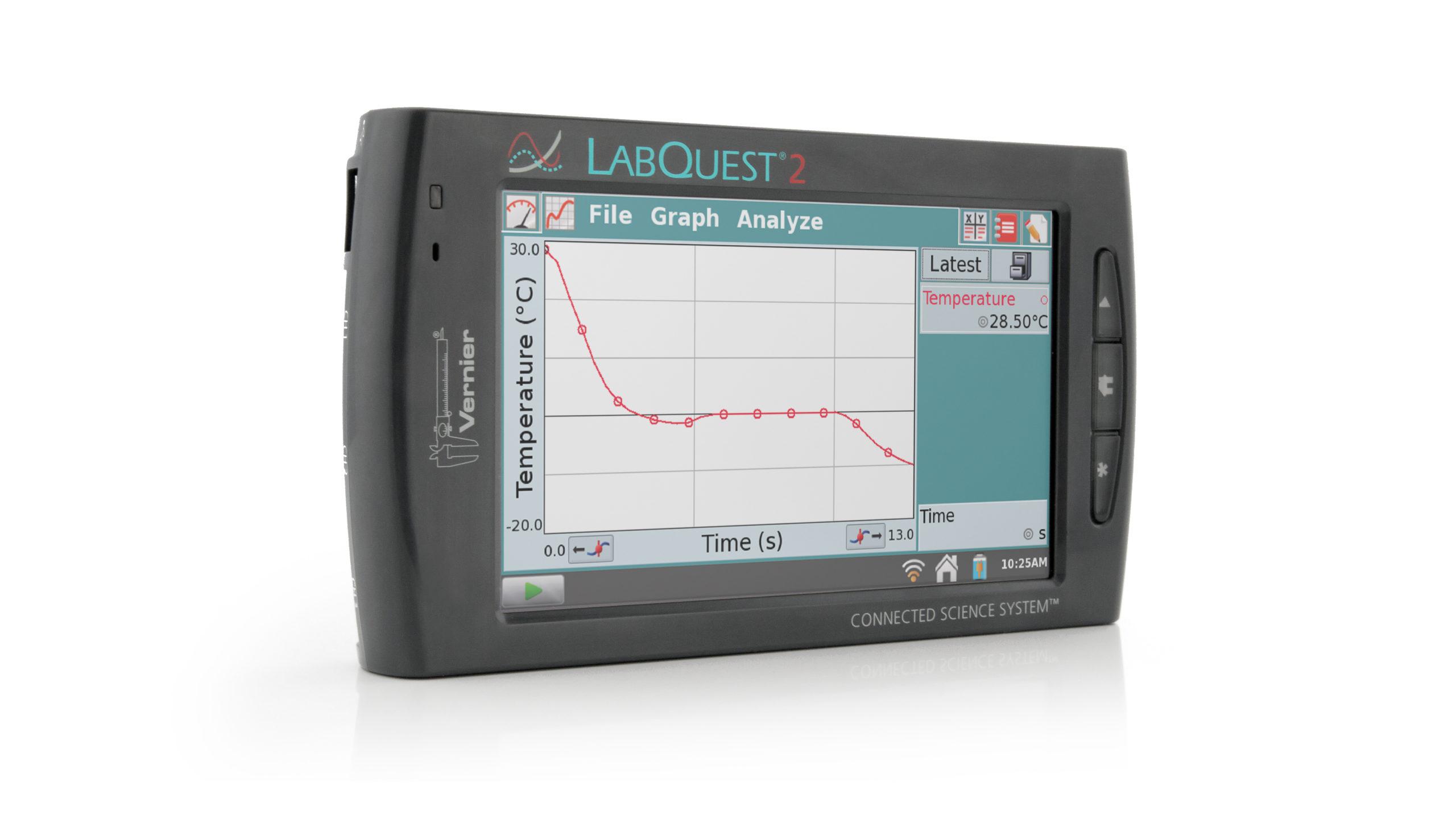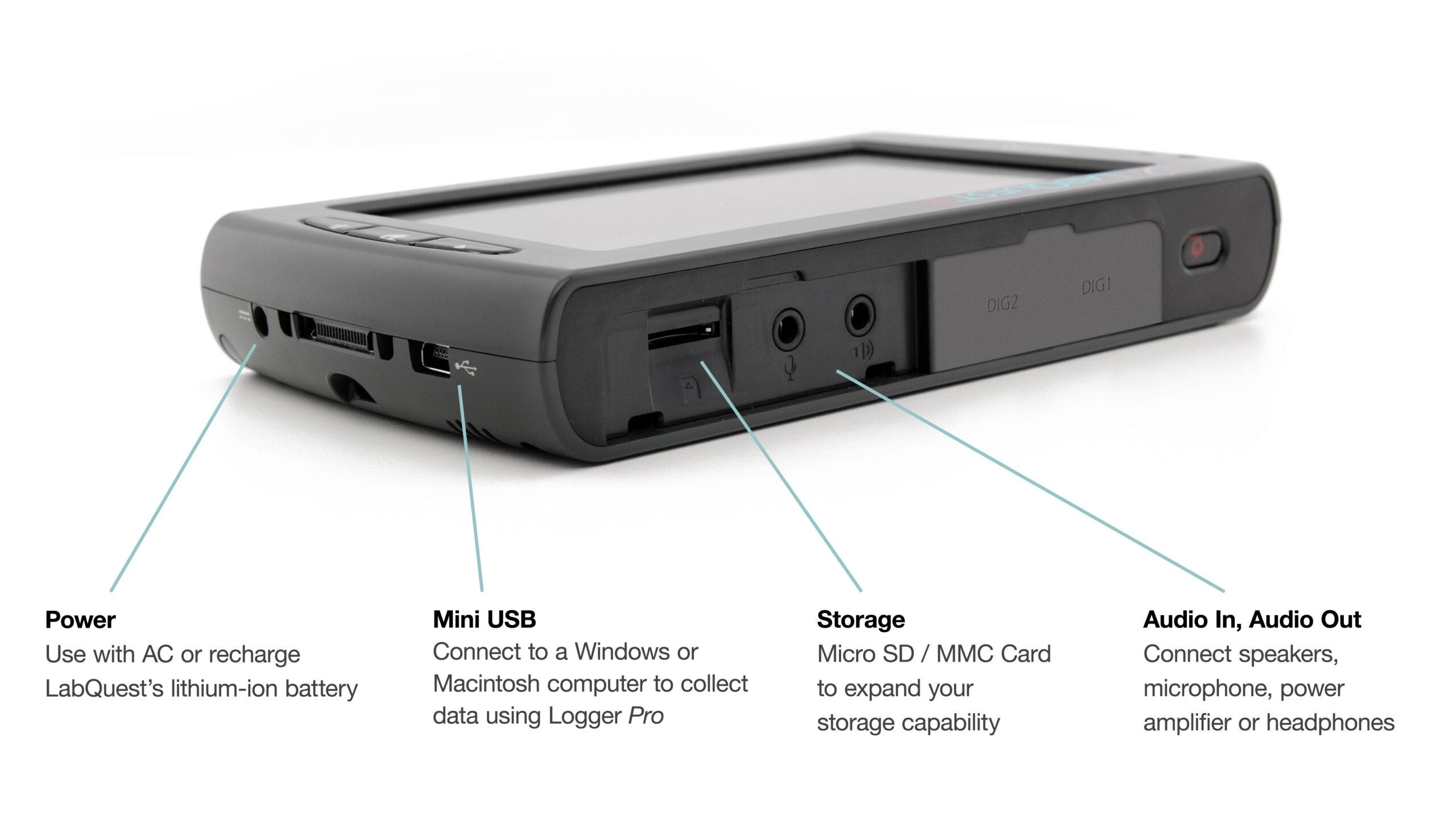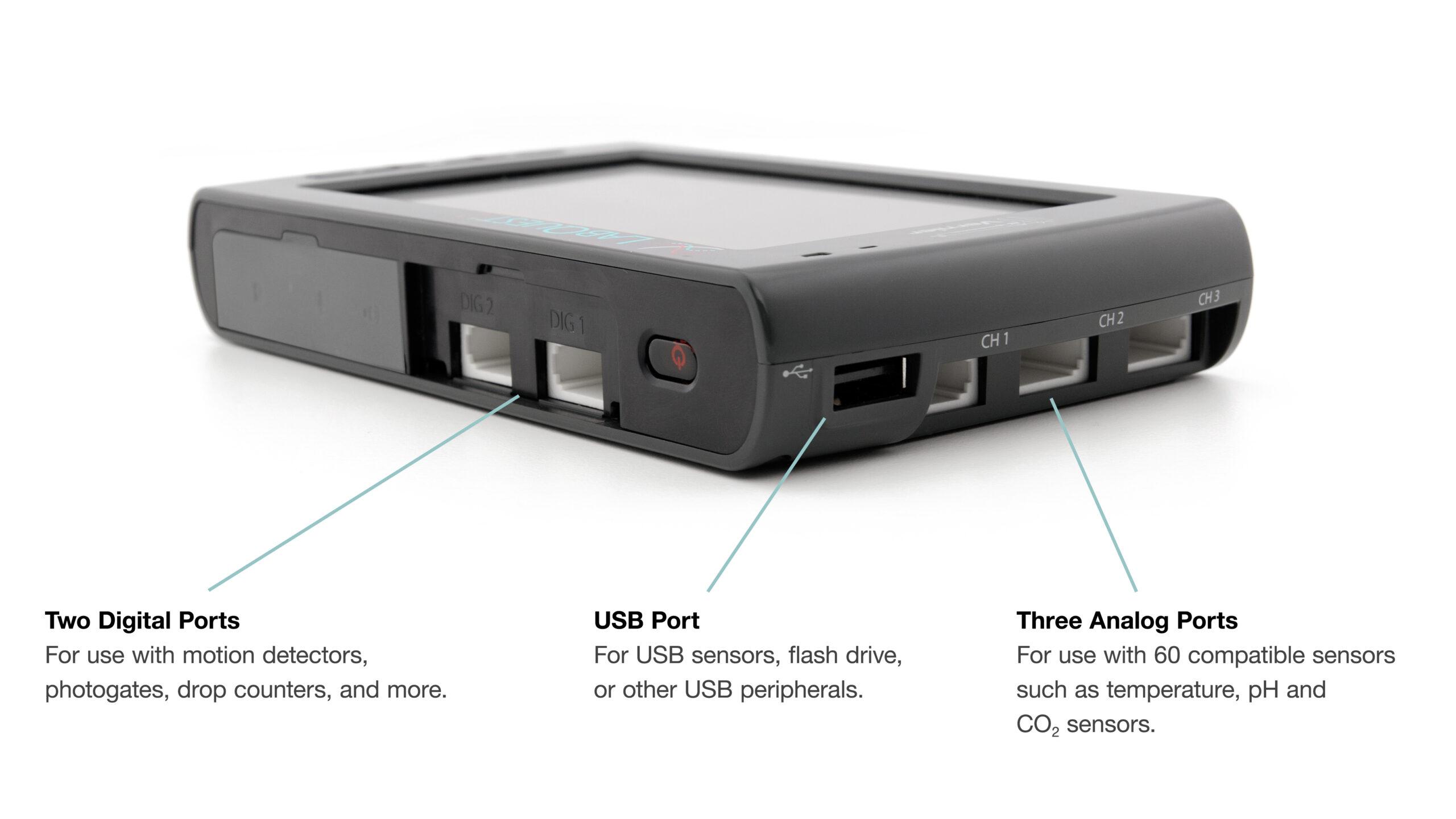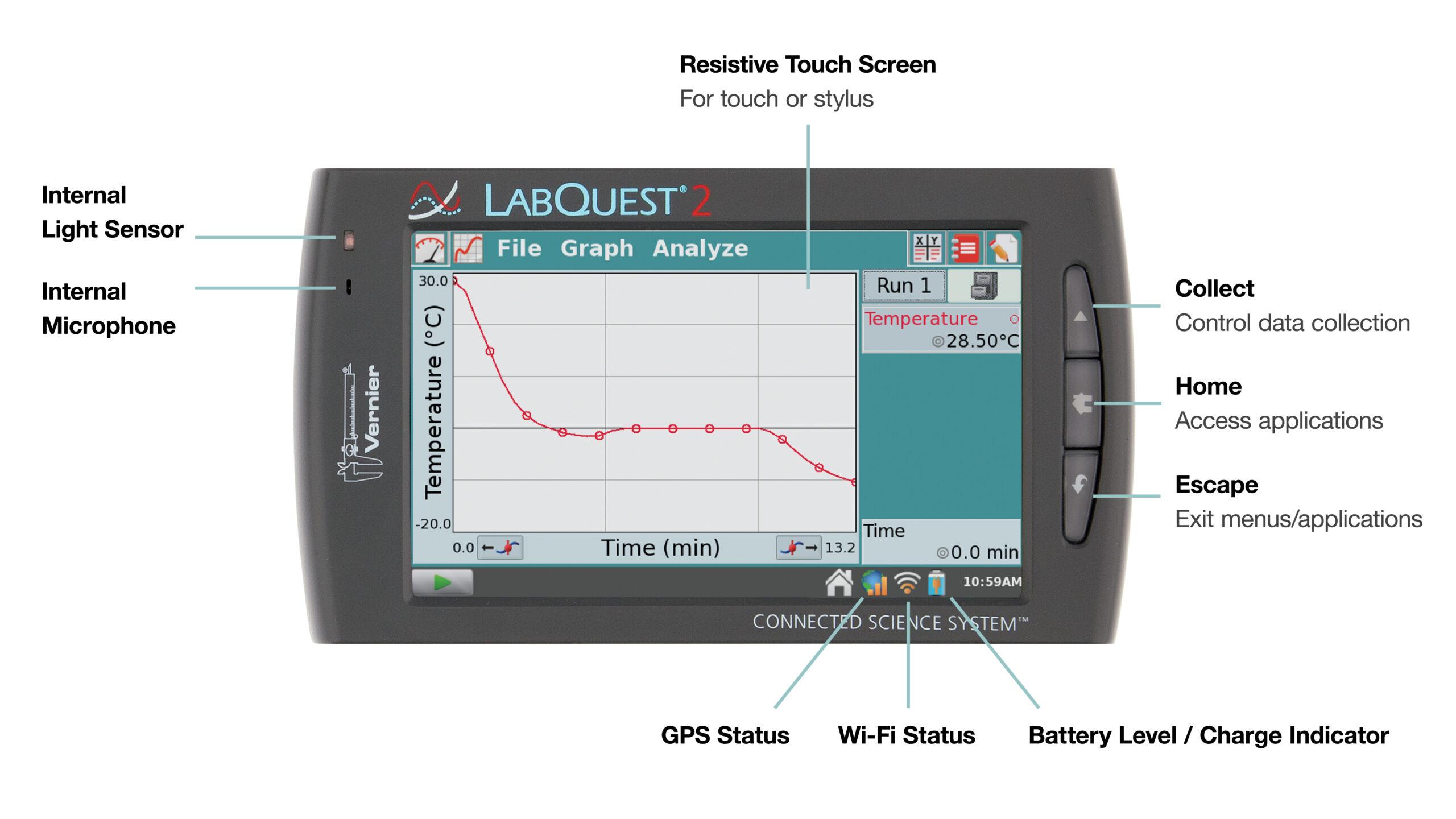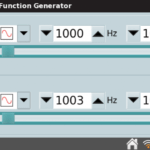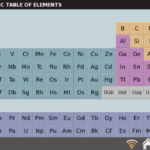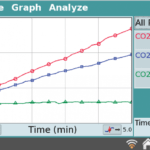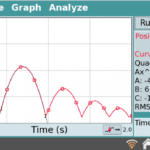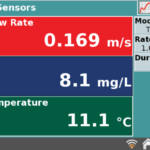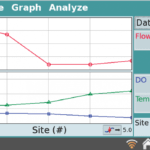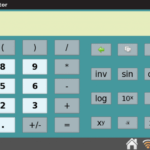Vernier LabQuest 2 is a standalone interface used to collect sensor data with its built-in graphing and analysis application. The large, high-resolution touch screen makes it easy and intuitive to collect, analyze, and share data from experiments. Its wireless connectivity encourages collaboration and personalized learning. You can also use LabQuest 2 as a USB sensor interface using Logger Pro software or with our Graphical Analysis app to stream data wirelessly to one or more mobile devices.
Key Features
- Standalone and computer sensor interface with a touch screen
- Compatible with all Vernier sensors
- Large and high-resolution screen with portrait and landscape orientations
- Fast data collection
- Rechargeable, high-capacity battery
- Compatible with Windows and Macintosh computers
- Collect, analyze, and share sensor data wirelessly with iPad, Android devices, and Chromebooks
- Free software updates
- Large, high-resolution touch screen
- Built-in sensors such as GPS and accelerometers
- Wireless connectivity with Wi-Fi and Bluetooth
- Fast data collection with 100,000 samples per second
Wireless Data Sharing
Wireless data sharing supports hands-on, collaborative learning with individualized accountability. Using a Data Sharing app, lab group members connect wirelessly to a LabQuest 2 and collaboratively collect data from an experiment. Students can use mobile devices to analyze an individual copy of the data.
Curriculum
- Student instructions for over 100 of Vernier’s most popular experiments included
- Customizable library of Vernier experiments
- Import your own experiments into LabQuest 2
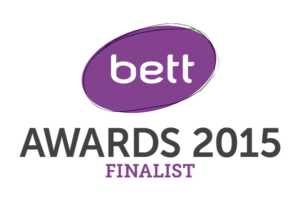 LabQuest 2 and the Connected Science System was selected as a finalist in the digital devices and international digital resource categories for the 2015 Bett Awards! The Bett Awards provide a showcase of resources and companies that seek to provide educators with the information, ideas and inspiration that are fundamental to the learning process.
LabQuest 2 and the Connected Science System was selected as a finalist in the digital devices and international digital resource categories for the 2015 Bett Awards! The Bett Awards provide a showcase of resources and companies that seek to provide educators with the information, ideas and inspiration that are fundamental to the learning process.
Source: 2015 Bett Award Finalists
LabQuest 2 app was selected as a finalist in the Best Educational Use of a Mobile Device category for the 2013 CODiE Awards! The category recognizes the best curriculum or administrative application, designed for either PK-12 or postsecondary markets, that is delivered via mobile devices, including smartphones or tablets.
Source: SIIA 2013 CODiE Award Finalists

